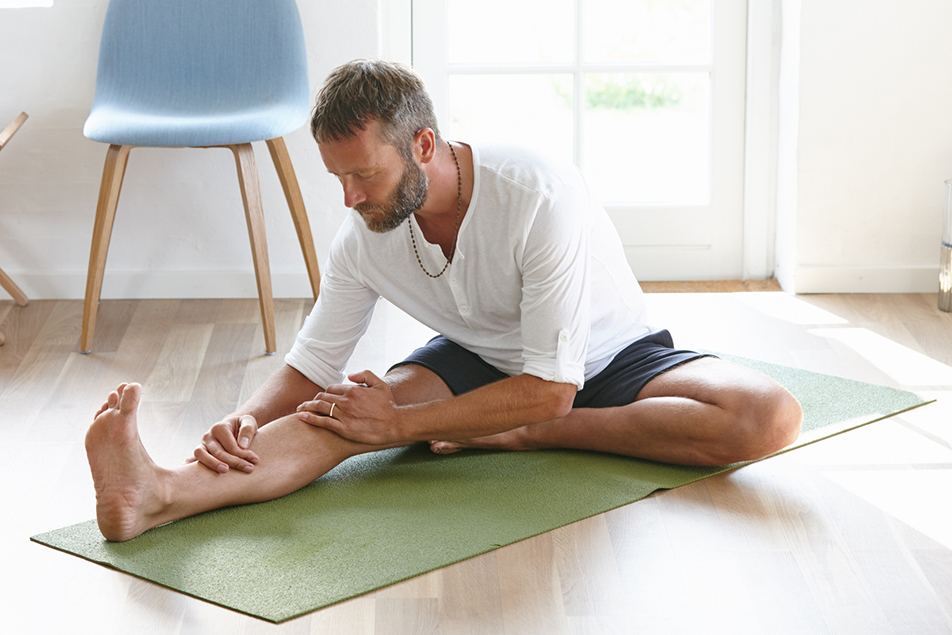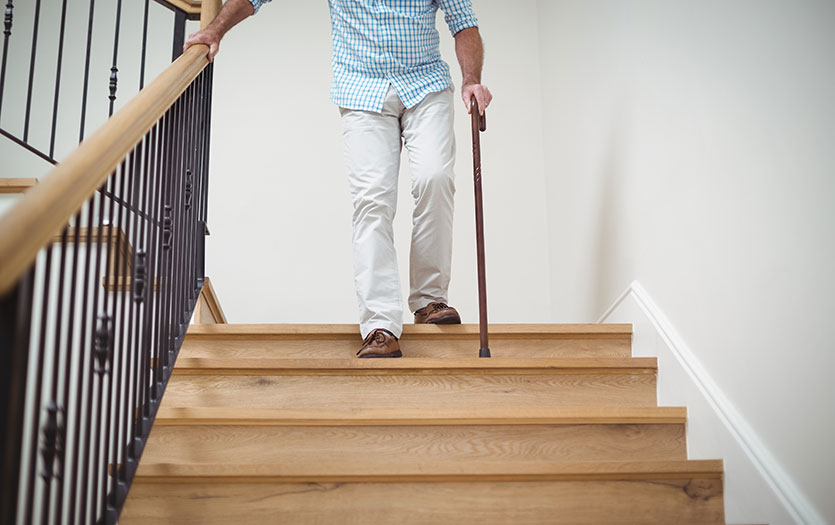
According to the Centers for Disease Control and Prevention (CDC), chronic pain affects over 50 million people in the United States and is one of the most common reasons to seek medical care. However, in the midst of the current pandemic with therapy offices being closed, many may be feeling frustrated or even at a loss as to how they can relieve their pain. But, despite its commonality, when pain and discomfort occur regularly it can become discouraging, as well as debilitating. Nida Aziz, DO, PPG - Pain Management, shares a few insights and alternative therapy options that those suffering from constant discomfort can safely try at home.
Movement therapy
Movement-based therapies incorporate a broad range of movements and approaches used to promote physical, mental, emotional and spiritual well-being. Several physical benefits of movement therapy exercises and practices include treating musculoskeletal pain, neck pain, lower back pain and joint pain by strengthening muscles supporting joints, improving alignment, restoring mobility, improving circulation, decreasing blood pressure, relieving stress and releasing endorphins. There are many types of movement-based therapies and can include the following:
- Physical therapy: Specialized movements to strengthen weak areas of the body, often through resistance training.
- Yoga: An Indian practice of meditative stretching and posing.
- Pilates: A resistance regimen that strengthens core muscles.
- Tai chi: A slow, flowing Chinese practice that improves balance.
- Feldenkrais: A therapy that builds efficiency of movement and awareness through movement.
Nutritional and Herbal Remedies (food and dietary supplements)
Many chronic diseases are associated with the inflammatory process within the body and can contribute to the progression of the disease. Gastrointestinal (GI) disturbances, cardiovascular disease, obesity, chronic pain and psychological disturbances like insomnia or irritability are all diseases that could be altered with supplements and a proper diet. A few examples include:
- Anti-inflammatory diet: Mediterranean eating patterns that are low in carbohydrates and high in whole grains, fresh fruits, leafy vegetables, fish and olive oil. The Paleo Diet would also fall under this category.
- Omega-3 fatty acids: An essential nutrient found in abundance in fish oil and flaxseed that can help reduce inflammation in the body.
- Alpha-lipoic Acid: An antioxidant and naturally occurring fatty acid found in yeast, liver, kidney, spinach, broccoli, potatoes and various medicines. It is used to treat nerve pain.
- Coenzyme Q10: A strong antioxidant that helps the cell enzymes perform better.
- Ginger: A root that inhibits pain-causing molecules and may help prevent or treat inflammation.
- Turmeric: A spice that reduces inflammation and has antioxidant properties.
- Willow Bark: A strong anti-inflammatory and pain reliever, nicknamed “Natural aspirin”.
- Glucosamine: A natural substance that helps with joint pain.
Mind-Body Medicine
This type of therapy uses the powers of the mind to produce changes in the body. Mind-body medicine helps to alleviate all types of chronic pain by reducing stressful and pain-inducing emotions like panic and fear. The following types of mind-body medicine are beneficial because they help refocus attention on subjects other than pain:
- Meditation: A technique that focuses on something specific like breathing or word/phrase repetition to quiet the mind.
- Guided imagery: Visualizing a particular outcome or scenario to mentally change one’s physical reality.
- Relaxation: A way of releasing tension in the body through exercises and controlled breathing.
Lifestyle Changes
Developing healthy habits can help to relieve many types of chronic pain by strengthening your body’s immune system and enhancing your overall well-being thus reframing one’s relationship to and experience of chronic pain. A few healthy lifestyle changes could include:
- Diet changes: An anti-inflammatory diet is an essential step toward wellness and pain control. It can help improve GI function, allow better control of diabetes and vascular diseases, and create healthy psychological stability.
- Sleep hygiene: Creating an optimal sleep environment is crucial. It’s important to incorporate strategies that will allow for deep, restorative rest which include establishing a regular sleep-and-wake schedule while minimizing light and noise.
- Positive work environment: Having a comfortable workspace and control over your activities can reduce stress and contribute to the sense of mastery over pain.
- Healthy relationships: Nurturing honest and supportive relationships with friendships and family can ease the anxiety that exacerbates pain.
- Exercise: Regular physical activity can build strength and lower stress.



